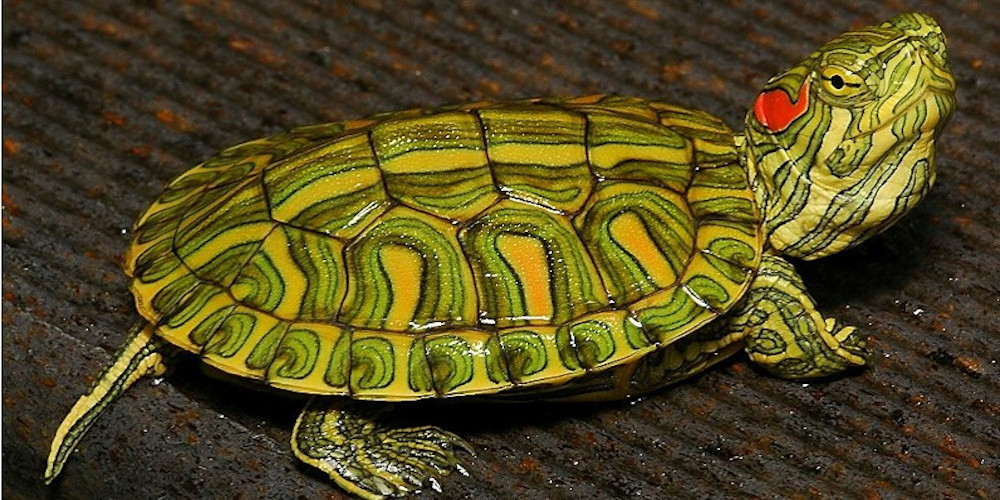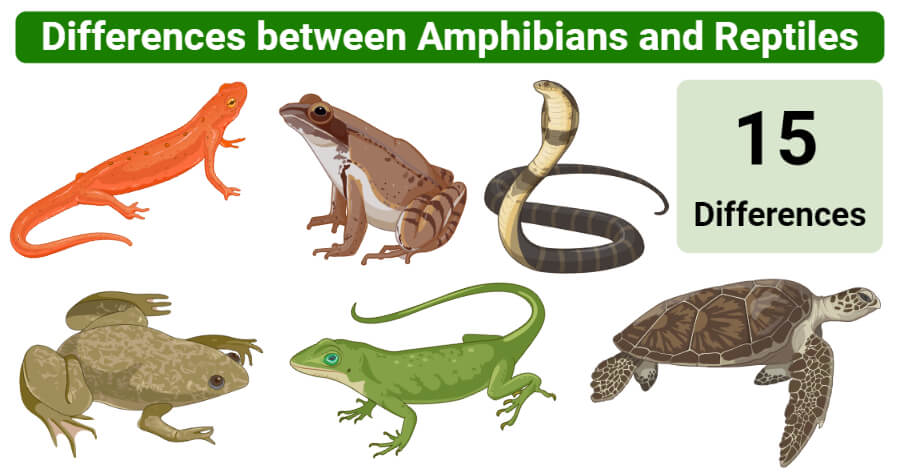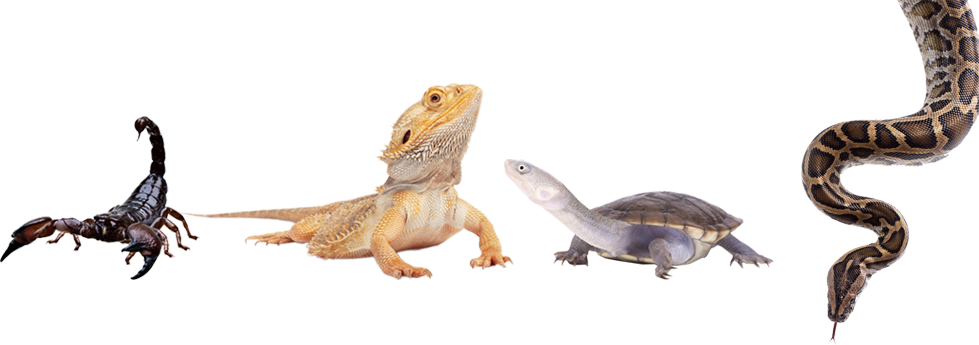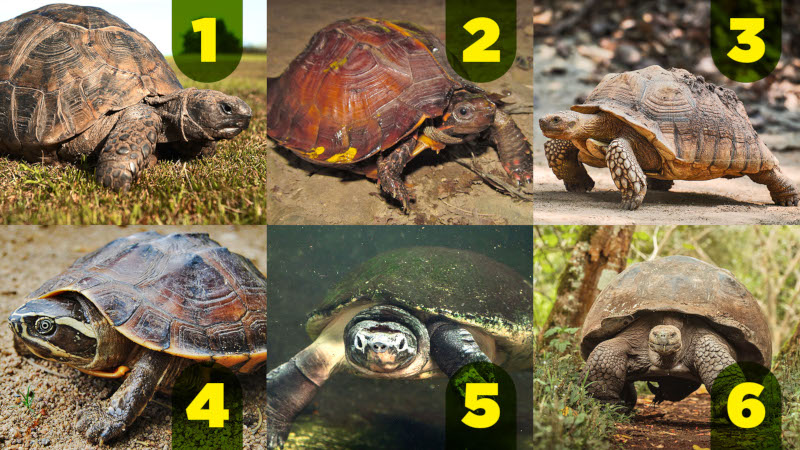Are Turtles Reptiles Or Amphibians
Turtles are reptiles(Are Turtles Reptiles Or Amphibians). They are a type of reptile that is characterized by a hard, protective shell that covers the upper part of their body. The shell is made up of two parts: the carapace, which covers the turtle’s back, and the plastron, which covers the turtle’s belly.

Unlike amphibians, turtles are ectothermic, which means that they are unable to regulate their body temperature internally and must rely on external sources of heat to keep warm. They also have scales on their skin and lay eggs, which are both characteristics of reptiles.
Are turtles amphibians
Turtles are reptiles, not amphibians. They are cold-blooded, have scales, and typically lay eggs with leathery shells. Amphibians, on the other hand, are ectothermic (cold-blooded), have moist, glandular skin, and typically lay eggs in water. Some examples of amphibians include frogs, toads, salamanders, and newts.

What is a turtle classified as?
Turtles are classified as reptiles. They are cold-blooded vertebrates that have a scaly, protective shell covering their body. They are adapted to living on land, in the water, or a combination of both.
Some species of turtles are adapted to living in trees or burrowing underground. Turtles have been around for more than 200 million years and are found on every continent except Antarctica.

Is a snail a reptile?
No, snails are not reptiles. Reptiles are invertebrates, which means reptiles do not have a backbone. Snails are members of the mollusk family, which also includes animals such as slugs, clams, and oysters.
Snails are mollusks, which is a different classification of animals. snails’ skin and being cold-blooded, meaning that their body temperature is regulated by the environment rather than being maintained at a constant level internally.
Snails have soft, moist body that is protected by a hard, coiled shell. They are known for their slow movement and their ability to produce a slime trail as they move. Some species of snails are adapted to living on land, while others live in the water.
They belong to the class Gastropoda.
What is an amphibian?
Amphibians are a group of vertebrates that includes animals such as frogs, toads, salamanders, and caecilians. They are characterized by their ability to live both on land and in water, and by their moist, porous skin, which is often covered in mucus.
Amphibians are cold-blooded or ectothermic, meaning that their body temperature is regulated by the environment rather than being maintained at a constant level internally. They are adapted for living in water and on land by having specialized respiratory and reproductive systems.

Most amphibians lay their eggs in water and undergo a process called metamorphosis, in which they transform from a juvenile, water-dwelling form into an adult, land-dwelling form.
They are an important part of many ecosystems, and some species are endangered. Amphibians are also important prey for many other animals, and play a vital role in the food chain.
What is a reptile?
Reptiles are a group of cold-blooded animals that have scales or scutes on their skin and typically lay eggs. They include animals such as snakes, lizards, turtles, and crocodilians.
Reptiles are vertebrates, meaning they have a backbone, and most of them are ectothermic, which means their body temperature is regulated by the environment rather than being maintained internally.

They are found on every continent except Antarctica and are adapted to a wide range of habitats, from deserts to rainforests. Do you have any other questions about reptiles?
Do All Turtles Have Shells?
Yes, all turtles have shells. The shell is actually part of the turtle’s skeleton, and it is fused to the turtle’s spine, ribcage, and shoulder blades. The top part of the turtle shell is called the carapace, and the bottom part is called the plastron.

The carapace and plastron are connected by a hinge, which allows the turtle to close its shell tightly for protection. Most turtles have a hard, bony shell, but some, such as the leatherback sea turtle, have a softer shell made of a rubbery material. The shells of turtles come in a variety of shapes and sizes, depending on the species of turtle.
Differences Between reptiles and amphibians
Reptiles and amphibians are two classes of vertebrates that have some differences in their physical characteristics, habitat, and behavior. Here are some key differences between reptiles and amphibians:
Body covering: Reptiles have scales on their skin, while amphibians have moist, smooth skin without scales.
Habitat: Reptiles are found in a variety of terrestrial and aquatic habitats, including deserts, forests, and wetlands. Amphibians, on the other hand, are usually associated with water and moist environments, and often depend on water to complete their life cycles.
Temperature regulation: Reptiles are ectothermic, meaning that they rely on external sources of heat to regulate their body temperature. Amphibians are also ectothermic, but they have the ability to thermoregulate to some extent.
Respiration: Reptiles breathe using lungs, while amphibians have both lungs and skin that they use for respiration.
Mode of reproduction: Reptiles lay eggs with a hard, leathery shell, while amphibians lay eggs with a softer, gel-like shell. Some reptiles, such as some species of snakes and lizards, give birth to live young.
Development: Reptiles hatch from eggs in a relatively advanced state and are able to fend for themselves shortly after hatching. Amphibians, on the other hand, go through a larval stage during which they are aquatic and dependent on water for survival.
Evolution: Reptiles evolved from amphibians during the Carboniferous period, about 350 million years ago.
WHAT ARE THE SIMILARITIES BETWEEN REPTILES AND Amphibians
Both reptiles and amphibians are vertebrates, meaning that they have a backbone and a spinal column. They are both cold-blooded animals, which means that they are ectothermic and rely on external sources of heat to regulate their body temperature. They both have a three-chambered heart and a circulatory system that pumps blood throughout the body.
Both reptiles and amphibians are characterized by their ability to adapt to different environments and survive in a variety of habitats. They both have a wide range of body shapes, sizes, and colors, and they use a variety of strategies to defend themselves against predators.
Both reptiles and amphibians are also important members of ecosystems around the world, serving as both predators and prey and playing vital roles in maintaining the balance of nature. They are also both facing significant threats from habitat loss, climate change, and other human activities, and many species are at risk of extinction.